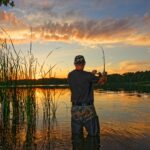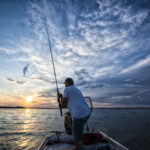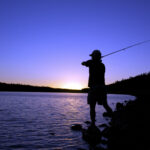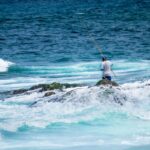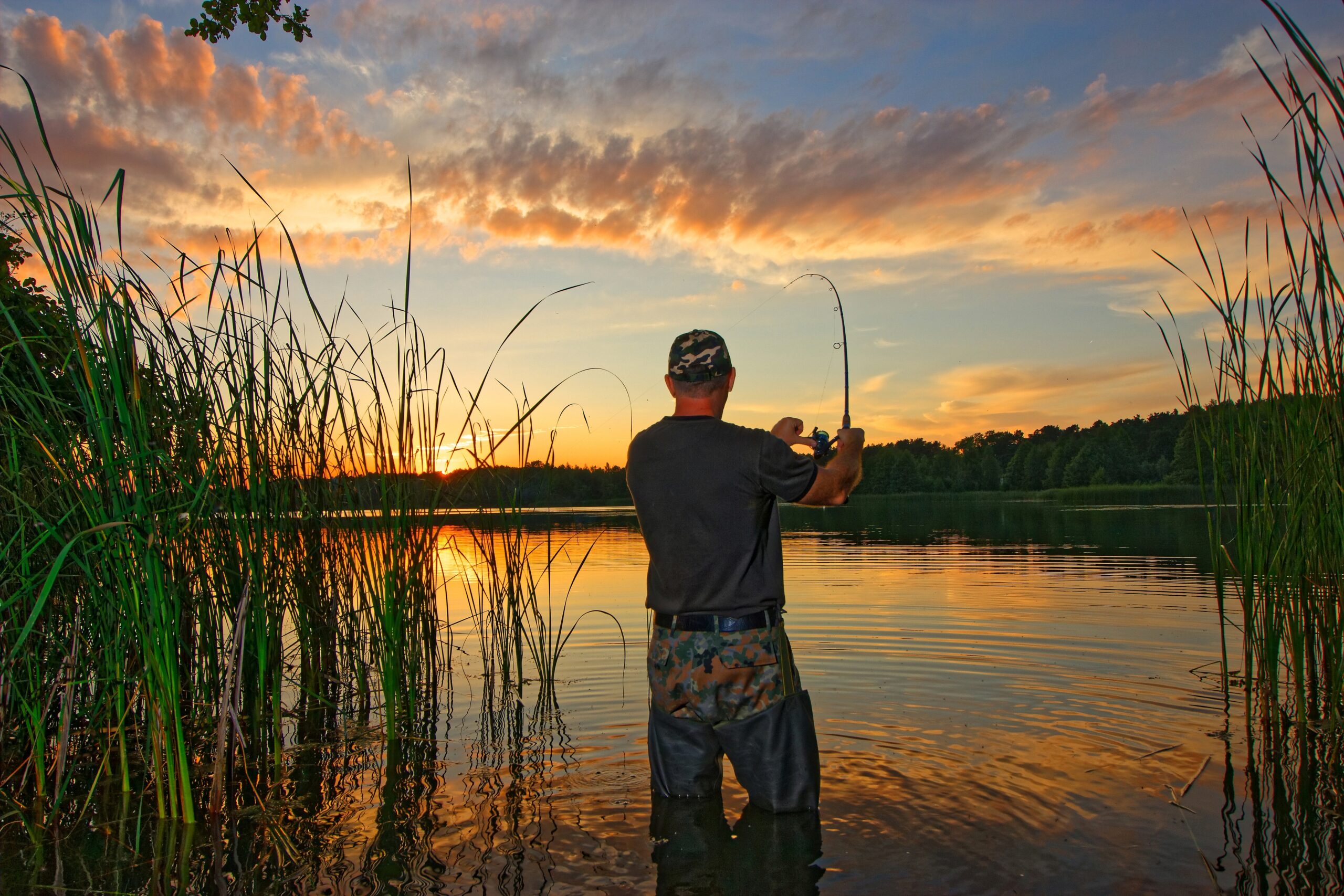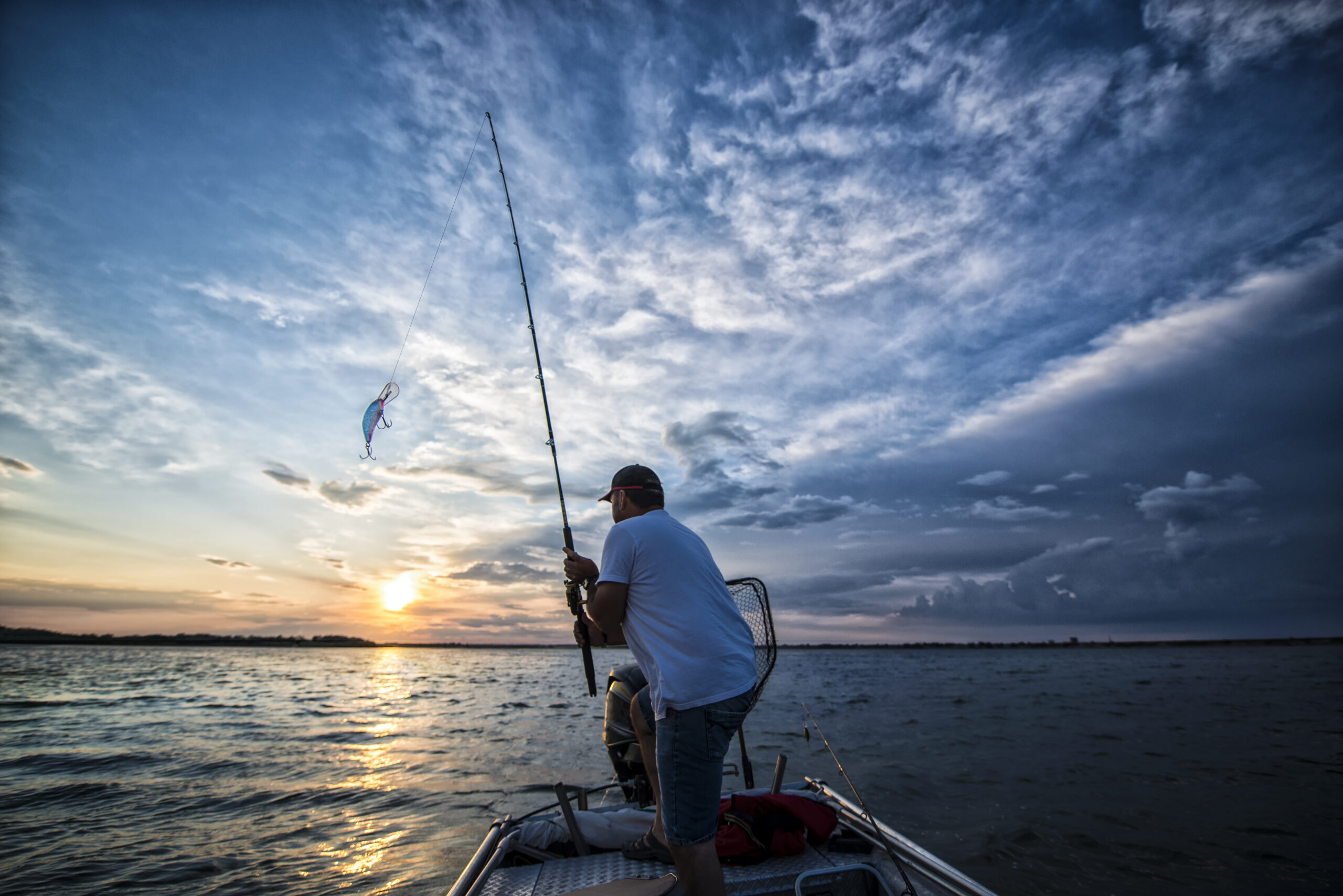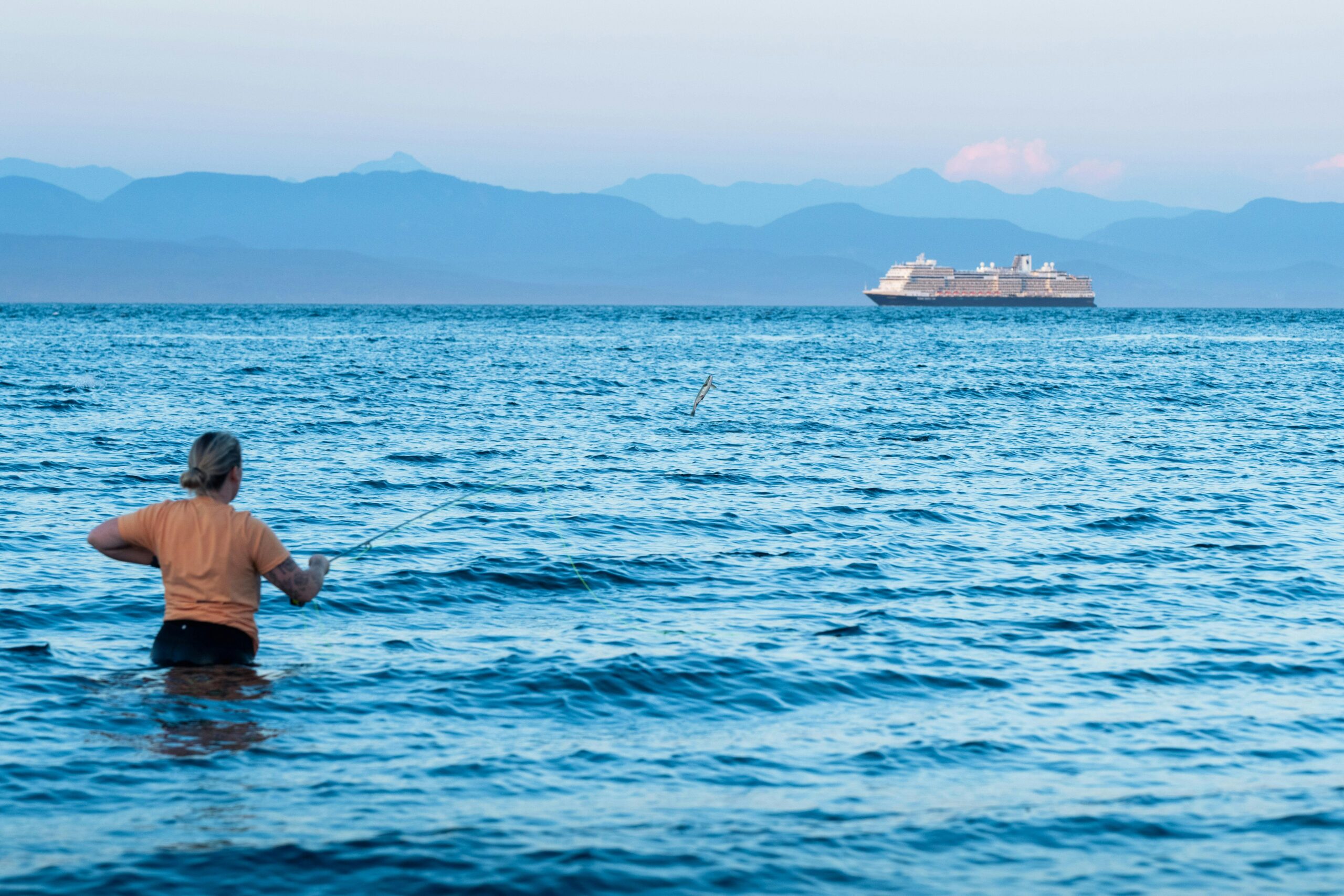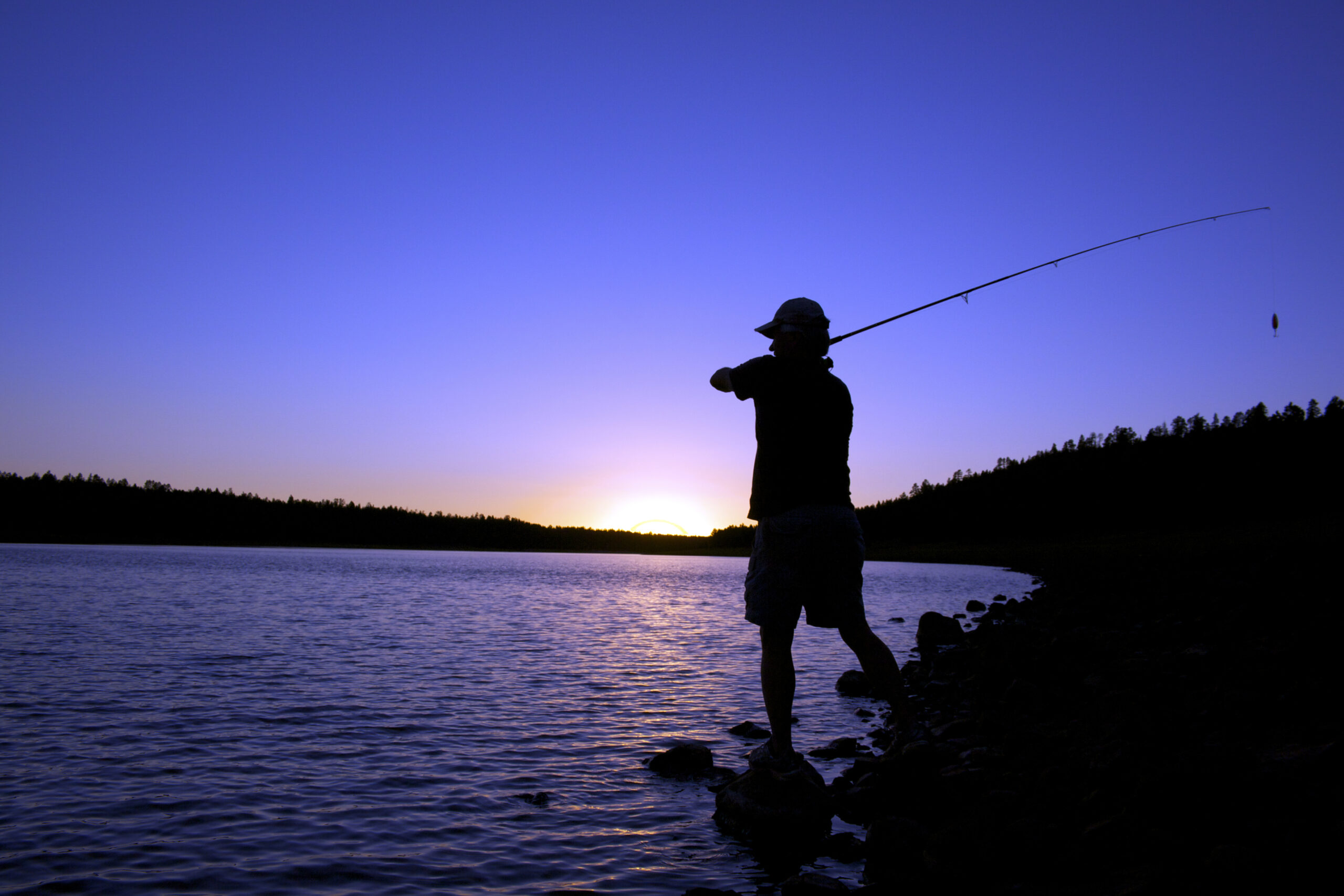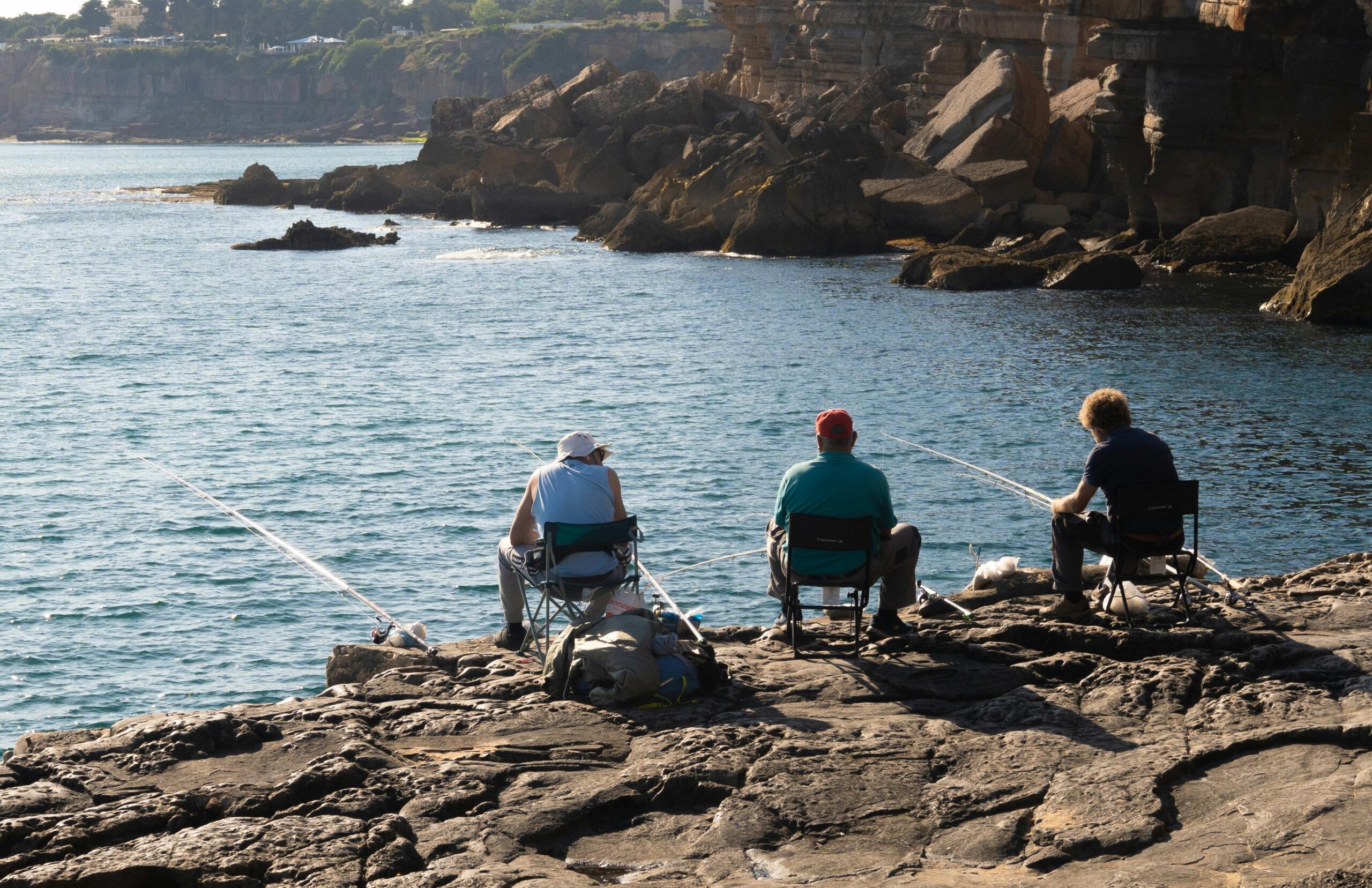As winter winds down and the promise of warmer weather looms, February marks an important time for anglers to start preparing for the upcoming fishing season. Whether you’re an avid fisherman eager for spring or someone new to the sport, getting ready in February can set the tone for a successful year on the water. This month is the perfect opportunity to organize gear, research seasonal fishing patterns, and fine-tune your skills before the fishing season kicks into full gear.
In this comprehensive guide, we’ll walk you through key steps to prepare for fishing in February, covering gear maintenance, local fishing regulations, techniques, and how to take advantage of early fishing opportunities.
1. Check and Maintain Your Gear
Properly maintaining your fishing gear is essential to ensure that it’s in top condition when the season begins. February is an ideal time to go through your tackle box, rods, reels, and accessories, ensuring that everything is ready for action.
Rod and Reel Maintenance:
- Inspect for Damage: Check your rods for any cracks or wear, particularly near the joints and tips. If you notice any damage, it’s a good idea to repair or replace the rod before the season begins.
- Clean and Lubricate Reels: After a season of use, reels can accumulate dirt, saltwater, and grime. Take the time to clean and lubricate them to prevent corrosion and ensure smooth operation. If you’re unsure how to clean your reel, refer to the manufacturer’s instructions.
- Replace Lines: If your fishing line is showing signs of wear or fraying, replace it. Cold weather, saltwater, and sun exposure can weaken lines, and February is the perfect time to swap out old line with fresh monofilament, fluorocarbon, or braided line.
Tackle Box Organization:
- Sort Hooks, Lures, and Bait: Take inventory of your tackle box and replace any rusty or damaged hooks. Organize your lures by type (swimbaits, crankbaits, jigs, etc.) and ensure you have the right assortment for different types of fishing. Don’t forget to stock up on bait for early season fishing.
- Prepare for Seasonal Fishing: Certain fish species start to become active as the weather warms up. Check the types of lures and baits that are effective for these species in your area. February is a great time to restock or try new fishing techniques and bait.
Boat and Kayak Prep (If Applicable):
- Winterize Your Boat: If you haven’t already winterized your boat, now’s the time to make sure it’s properly stored and protected from the elements. Clean and cover it, ensuring there are no leaks or damage that could affect its performance.
- Check Battery and Fuel: If you plan on using a motorized boat, check the battery and fuel levels. Make sure the fuel is fresh, and inspect all connections to avoid problems during your first trip of the season.
2. Research Local Fishing Conditions and Regulations
Fishing seasons vary depending on location, species, and state or local regulations. February is the time to review your local fishing regulations to make sure you’re aware of any changes that may affect your fishing plans.
Fishing Seasons and Limits:
- Seasonal Fish Migration: Many species begin migrating during February, signaling the start of prime fishing conditions for certain types of fish. In cold-water areas, trout and salmon begin to become more active, while warmer coastal waters see the return of species like striped bass and redfish.
- Check Local Regulations: Fishing rules can change from year to year, especially in terms of season dates, bag limits, and protected species. Make sure to check with the local fish and wildlife agency to confirm fishing regulations in your area. Familiarize yourself with size limits, gear restrictions, and catch limits.
Weather Patterns:
- Cold-Weather Fishing: In colder regions, ice fishing may still be a viable option. February offers excellent ice conditions in many northern states, allowing you to target species like pike, perch, and walleye. Be sure to check the ice thickness for safety before heading out, and pack the appropriate gear for ice fishing.
- Early Spring Fishing: If you live in a warmer area, fishing opportunities can increase as the weather begins to warm. February is a great time to start targeting species like bass, crappie, and catfish as they begin to emerge from their winter lethargy.
3. Master Early Season Fishing Techniques
Different species react to weather and water temperature changes in various ways. February is a time when many fish species are still in their winter patterns but are beginning to show signs of activity. Knowing how to approach fishing at this time can improve your chances of success.
Cold Water Fishing Techniques:
- Slow Down Your Presentation: In cold water, fish are less likely to chase fast-moving baits. Slow your presentation down to mimic the sluggish movements of prey. Use techniques like dead-sticking (letting your bait sit still) or slow retrieves to increase the chances of enticing a bite.
- Deep Water Fishing: Fish in colder water tend to move to deeper areas where the temperature is more stable. Use sonar to locate schools of fish in deeper zones, and focus on fishing those areas. Vertical jigging and deep-water trolling can be effective techniques to target fish in winter and early spring.
Targeting Specific Species:
- Trout: In cold-water regions, trout are more active in deeper pools of rivers and lakes. Try fishing with live bait like worms or minnows, or use slow-moving lures like spinners or spoons. Fishing in the early mornings and evenings, when water temperatures are slightly warmer, can increase your chances.
- Bass: As water temperatures rise slowly, bass become more active, but they can be tricky to catch early in the season. Use slow presentations with jigs, swimbaits, or soft plastics to target bass in deeper, sheltered areas like creek mouths or sunken structures.
- Catfish: Catfish tend to be less active in the coldest months but become more likely to bite in late winter and early spring. Focus on bottom fishing with natural baits like cut shad, liver, or nightcrawlers.
4. Check Your Safety and Survival Gear
Before heading out, ensure that your safety gear is up to date, especially if you’re planning on fishing in colder temperatures or during unpredictable weather.
Essential Safety Gear:
- Life Jacket: Always wear a life jacket when fishing from a boat or kayak, even if you’re an experienced angler.
- Weather-Appropriate Clothing: If you’re fishing in colder temperatures, dress in layers. Waterproof, insulated outerwear is crucial for staying dry and warm. Consider wearing gloves, hats, and thermal socks.
- First Aid Kit: Ensure your first aid kit is fully stocked with essentials like bandages, antiseptic wipes, and any personal medications.
- Communication Devices: If you’re fishing in remote areas, bring a fully charged cell phone or satellite phone for emergency communication.
5. Plan Your Fishing Trips
With everything ready to go, start planning your trips. Early February may still offer limited opportunities, but as the month progresses, fish will become more active, and better conditions will emerge.
- Research Local Hotspots: Ask local anglers, visit fishing forums, and check online fishing reports to find out where fish are biting.
- Book Guided Trips: If you’re new to the area or want to learn more about early-season fishing, booking a guided trip with a local fishing guide can give you the advantage of insider knowledge and local expertise.
Conclusion
February is the perfect time to get prepared for the fishing season. Whether you’re fine-tuning your gear, reviewing local regulations, or learning new fishing techniques, your preparation during this month can make the difference between a slow start and a successful season. By staying organized and informed, you’ll be able to hit the water with confidence when the season officially opens. So, get ready to cast your line and enjoy the adventure that awaits!

